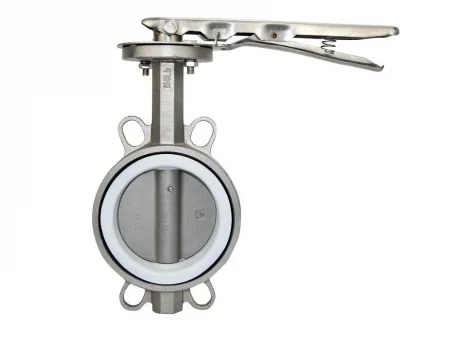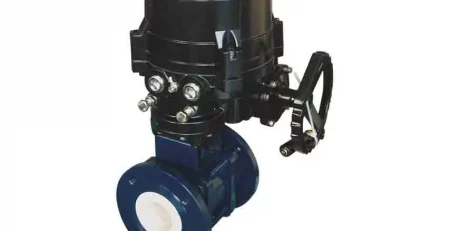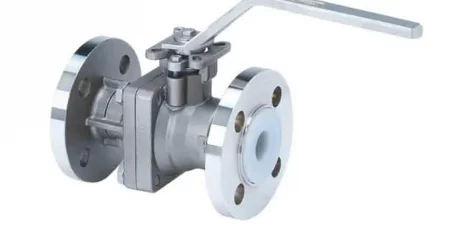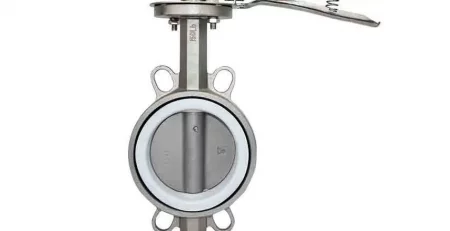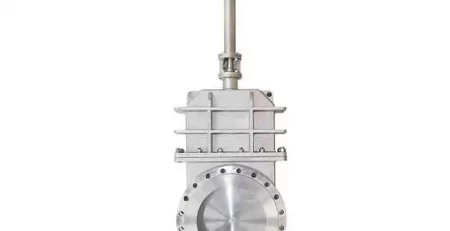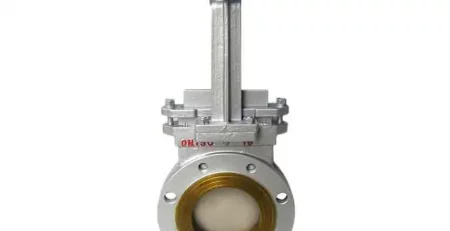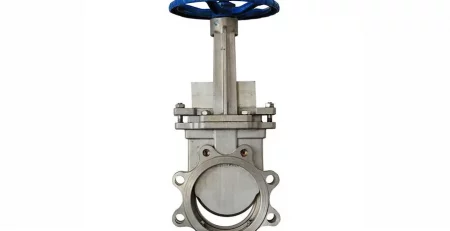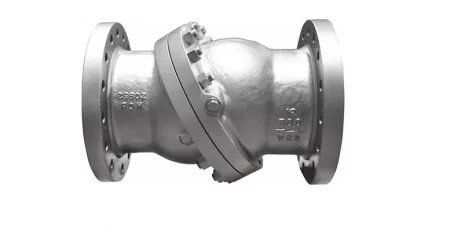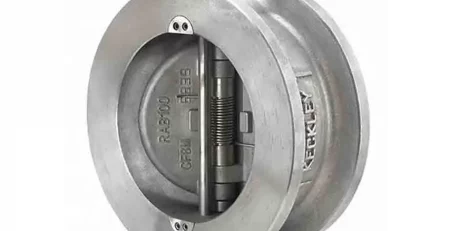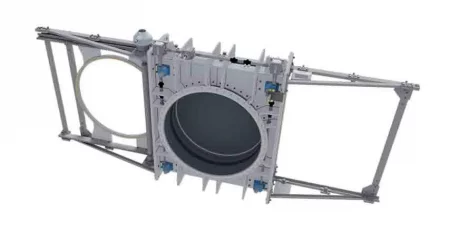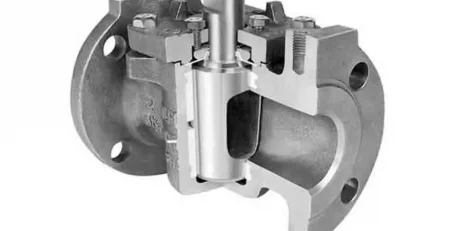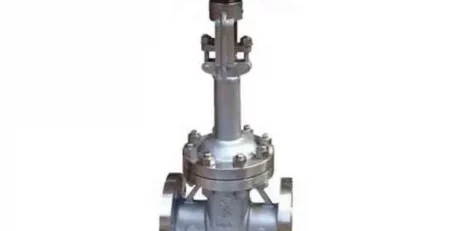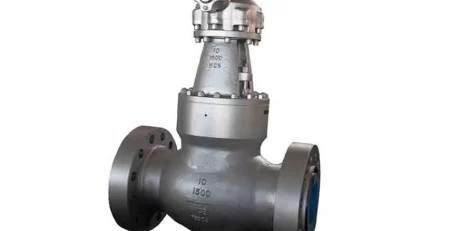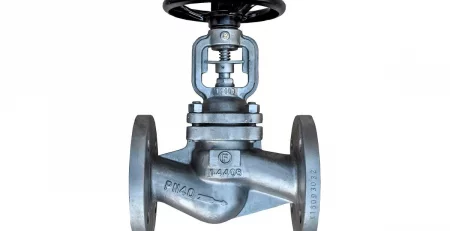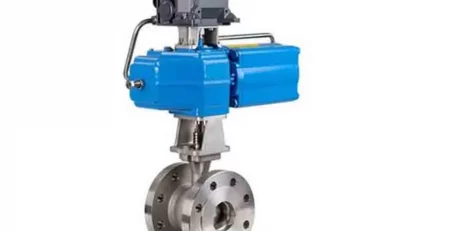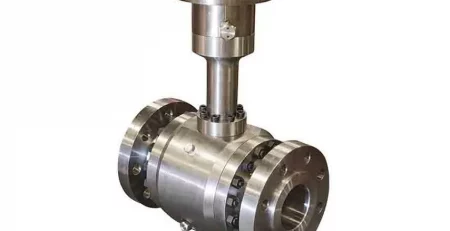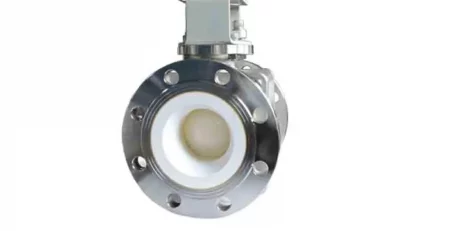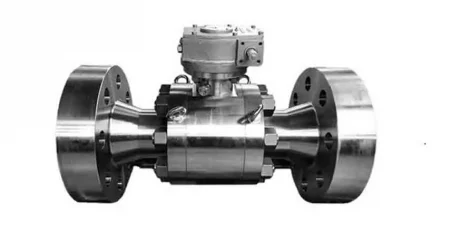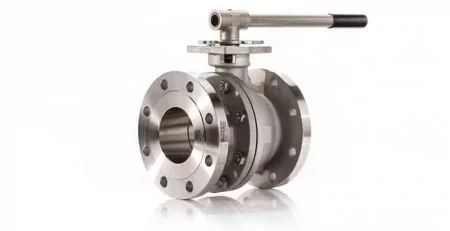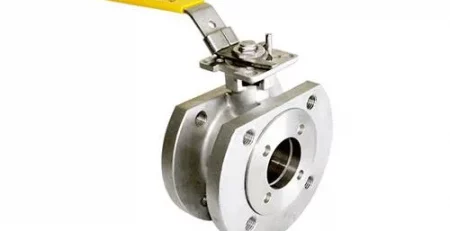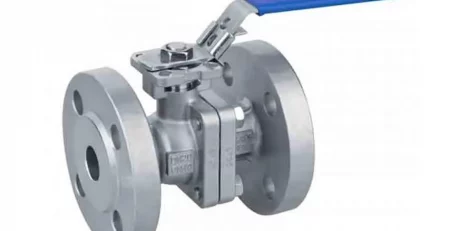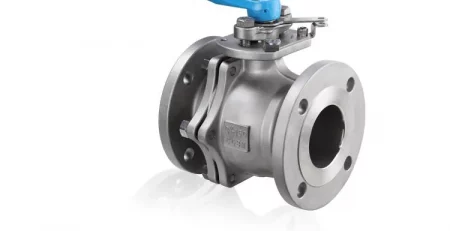HG-Stahl Butterfly Valves
HG-Stahl Butterfly Valves are a type of valve used to stop, start, or regulate the flow of fluids (water, gas, oil, etc.). These valves are widely preferred for narrow spaces and large-diameter pipelines due to their lightweight and compact structures. Butterfly valves enable quick control of the flow and generally operate with low-pressure loss.
Working Principle of HG-Stahl Butterfly Valves
HG-Stahl Butterfly Valves operate with a disk or wing-shaped closure. This closure rotates around a shaft within the valve body. When the closure is parallel to the flow direction, the flow can pass freely; when it is perpendicular to the flow direction, the flow is stopped. This design ensures quick and effective control of the flow.
Types of Butterfly Valves
- Wafer-Type Butterfly Valve: Suitable for use in narrow spaces with its thin and compact structure. Mounted between two flanges.
- Lug-Type Butterfly Valve: Valves with flange connections at both ends. Provides easy assembly and disassembly.
- Flanged Butterfly Valve: Used in high-pressure and high-temperature applications due to flange connections.
- High-Performance Butterfly Valve: Offers reliable performance under high-pressure and high-temperature conditions. Typically features double or triple eccentric designs.
- PTFE-Lined Butterfly Valve: Coated with PTFE on the disk or body to provide chemical resistance. Suitable for abrasive and corrosive fluids.
- Ceramic Butterfly Valve: Made with ceramic material for high abrasive fluids and high-temperature applications.
- Electric Actuated Butterfly Valve: Provides automatic control with an electric motor. Can be integrated into remote control and automation systems.
- Pneumatic Actuated Butterfly Valve: Offers automatic control with a pneumatic actuator. Preferred in applications requiring quick opening and closing.
Application Areas of HG-Stahl Butterfly Valves
- Water and Wastewater Systems: Used for flow control in water distribution and treatment systems.
- Oil and Gas Industry: Preferred for the rapid and safe stoppage of flow in pipelines.
- Chemical Industry: Used for transporting and controlling chemicals.
- HVAC Systems: Ensures flow control in heating, ventilation, and air conditioning systems.
- Food and Pharmaceutical Industry: Used in applications requiring hygienic and clean flow control.
- High-Temperature Applications: Preferred for high-temperature applications using temperature-resistant materials.
- High-Pressure Applications: Used in critical systems with a design resistant to high pressure.
- Chemical and Abrasive Applications: PTFE-lined and ceramic valves are suitable for chemical resistance and abrasive fluids.
Selection Criteria for Butterfly Valves
Key criteria to consider when selecting a butterfly valve include:
- Connection Type: Connections such as flanged, wafer, or lug can be chosen.
- Material Type: Materials like stainless steel, cast iron, PVC, or ceramic should be selected based on the fluid’s properties.
- Pressure and Temperature Ratings: Valves should be chosen according to operating conditions.
- Flow Speed and Capacity: Valves of appropriate dimensions should be selected based on system needs.
- Ease of Maintenance: Valves offering easy maintenance and repair options should be preferred.
- Chemical Resistance: PTFE-lined or ceramic valves should be selected for fluids containing chemicals.
